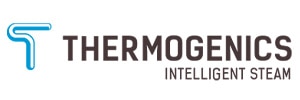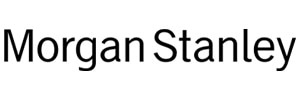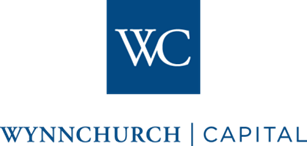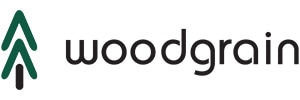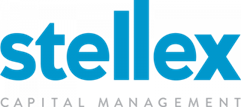
Industrial Investment Banking
Committed to helping your business thrive.
KeyBanc Capital Markets® provides the financial solutions that help industrial-sector companies succeed. Our senior team, backed by a strong institutional commitment to the sector, brings decades of experience, deep relationships, and customized solutions to every company and deal. In the last five years, we’ve raised more than $100 billion in debt and equity capital for industrial companies. And, we’ve played the lead role in more than 75 mergers and acquisitions valued at more than $20 billion.
What We Do
Our experts understand the interrelated categories within the industrial sector and leverage specific expertise, while working together and across specialties to build strategic relationships that can create opportunities.
We offer services in the following practice areas:
Solutions
Our team structures innovative debt and equity packages and provides strategic M&A advisory services to help your company succeed in the rapidly changing landscape of global industrial markets.
Advisory Services
- Mergers and acquisitions
- Corporate divestitures
- Strategic alternatives and financial advisory
- Fairness opinions and valuations
Capital Markets
- Leveraged and syndicated loans
- Investment-grade, high-yield, and tax-exempt bonds
- Private debt and equity placement
- IPO, ATM, and follow-on equity underwriting
